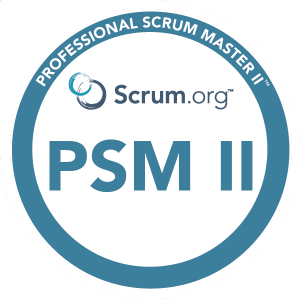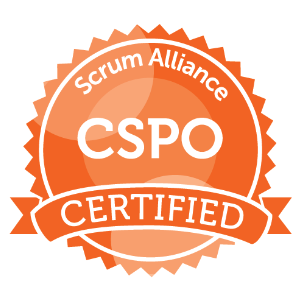
Overwhelmingly, tech companies have transitioned their sprint iterations from co-location to having teams work remotely, from home. The Covid-19 pandemic has forced teams to change how they interact with each other, perform agile rituals and deliver products.
If you were to ask scrum masters and developers at large companies like Apple and Amazon, or early startups, most would concur that by-in-large, they are just as efficient working from home as they are coming into the office. Collaborative tools such as as Slack, Zoom, and Atlassian’s Jira, have made the transition smoother.
But for all the technology that aims to bring disparate teams virtually together, there is a specific element that cannot be resolved through technology, and that is osmotic communications.
What is Osmotic Communications?
Concocted by one of the founders of the Agile Manifesto, Alastair Cockburn, osmotic communications is the inadvertent overhearing of background information through co-location, that may later end up being important.
“Osmotic communication means that information flows into the background hearing of members of the team, so that they pick up relevant information as though by osmosis.” (Cockburn, 2005)

In other words, the ability for members of the team to audibly pickup information flows through background hearing of other team members, most commonly accomplished through co-location, by being in the same room. When someone is talking, another person can either tune-in or tune-out, “contributing to the discussion or continuing with their work”.
Webster’s dictionary defines the term as: “a process by which information is exchanged between individuals through a common system of symbols, signs, or behavior”.
The following video by Joshua Render provides a great mini-dive into the agile topic:https://www.youtube.com/embed/rCNlG_j_gSM?wmode=opaque&enablejsapi=1
As a real-life example, when I first moved to San Francisco, taking my MacBook with me to a coffee shop on Market street. Across the shared table there is another two guys working on an app and discussing some challenges to solve a backend problem.
They were talking about a cloud solution that at the time wasn’t as mainstream, but nowadays has become more common. Eavesdropping, I overheard their conversation, and injected myself in with my thoughts, and we ended up having a long philosophical and technical deep-dive into their problem.
Being physically present, beyond the inter-personal relationship building, you also loose the ability to exchange thoughts in an informal and accidental way.


